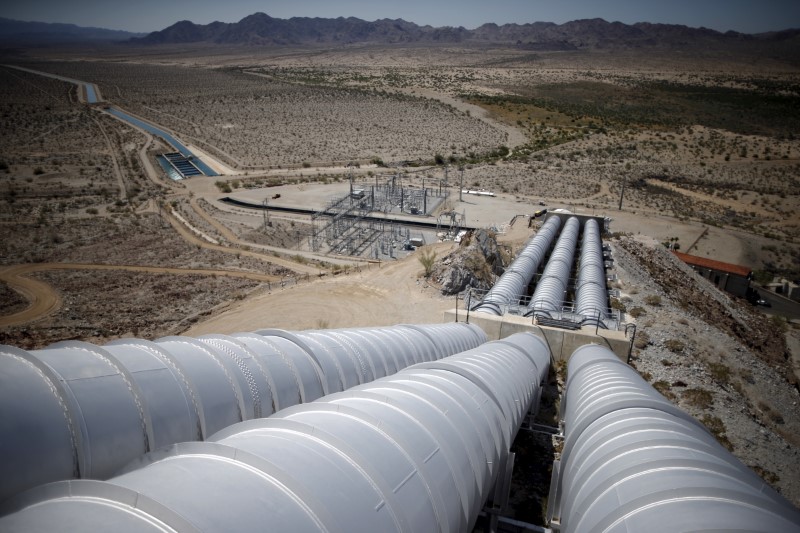Investing.com - Oil prices rose on Tuesday after reports of a drone attack on two pumping stations on one of Saudi Arabia's most important export pipelines.
Crude turned positive and spiked to intraday highs after Saudi Arabia’s oil minister Khalid Al-Flaih accused Yemen’s Iranian-backed Houthi rebels for carrying out the attack. He said “limited” damage had been done but noted that the East-West pipeline, which takes oil to the port of Yanbu on the Red Sea, will be closed as a precautionary measure.
New York-traded West Texas Intermediate crude futures gained 43 cents, or 0.7%, at $61.47 a barrel by 9:22 AM ET (13:23 GMT), while Brent crude futures, the benchmark for oil prices outside the U.S., traded up 67 cents, or 1.0%, to $70.90.
Investing.com contributor Ellen Wald noted that the pipeline transports about 5 million barrels per day to Yanbu from fields in eastern Saudi Arabia.
“With that shut down, it’s not surprising to see oil up this much,” she tweeted, adding that prices could continue to move higher depending on how long the pipeline is out.
The news came barely a day after Saudi Arabia claimed two of its tankers had been attacked near the entry of the Persian Gulf.
Tensions in the Middle East, that run the risk of tightening supply, have offset to some degree downward pressure on prices from the escalation in the trade conflict between the U.S. and China.
Tit-for-tat tariff increases between the world’s two largest consumers of oil have raised fears of exacerbating a global economic slowdown, denting demand for crude.
The trade conflict and Middle East tensions create a mixed backdrop to OPEC’s decision, due in June, on whether to extend its deal on output restraint with Russia and others.
Saudi Arabia is thought to favor a continuation of output curbs in order to defend current price levels.
But Investing.com senior commodity analyst Barani Krishnan said that “oil prices could be entering a new phase of volatility for 2019, breaking from the more enduring rallies of the first quarter.”
Krishnan warned that a demand spike during the U.S. summer driving season “could be followed by another swell in U.S. crude production and eventually higher stockpiles in the latter half of the year."
OPEC made no changes to its global oil demand growth forecast for 2019 in its monthly report released on Tuesday. The organization also said its output fell by 3,000 barrels per day (bpd) to 30,031 million bpd in April, while members with quotas in the production cut agreement had compliance of 150%.
U.S. crude stockpiles were also on deck as the American Petroleum Institute reports weekly data later on Tuesday. For Wednesday’s official government data, consensus expects a draw of 2.13 million barrels.
In other energy trading, gasoline futures rose 0.5% at $1.9729 a gallon by 7:38 AM ET (11:38 GMT), while heating oil advanced 0.2% at $2.0415 a gallon.
Lastly, natural gas futures traded up 1.1% at $2.649 per million British thermal units.
